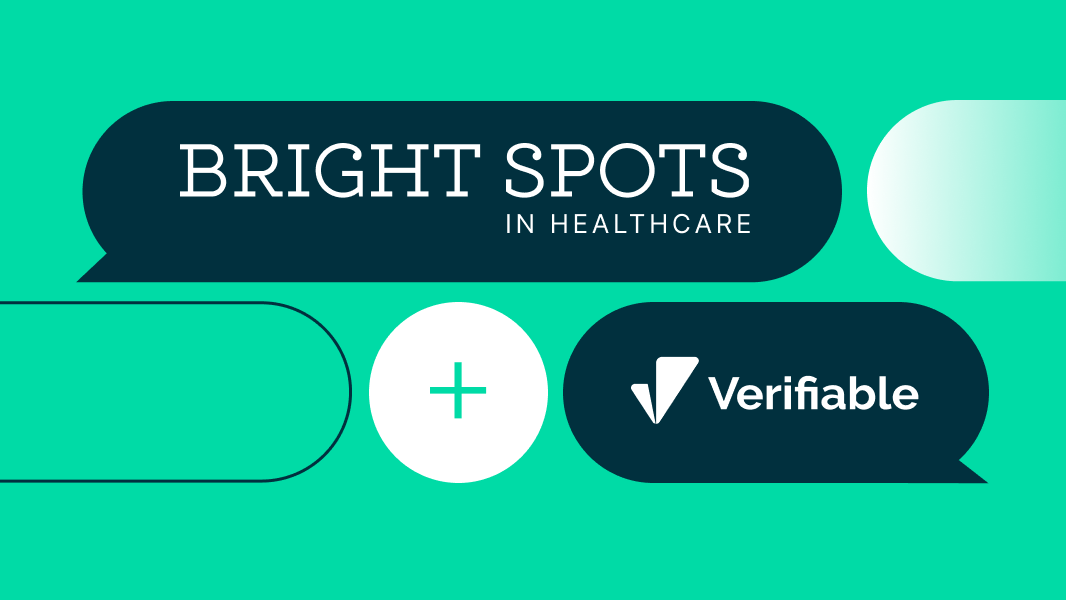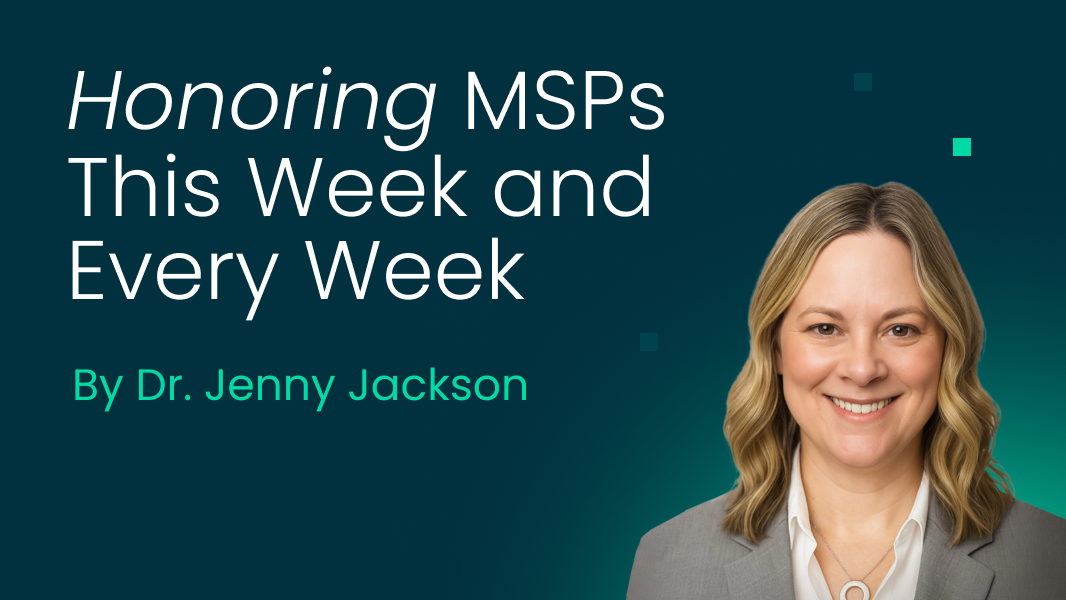This article originally appeared on MedCity News: "From Risk to Trust: Tackling Inefficient Provider Verifications in 2024 and Beyond."
The NCQA proposed standards updates are just one part of a healthcare landscape undergoing rapid transformation, but the imperative for optimizing operational processes has never been clearer.
In a year of major disruption in healthcare — with AI, GLP-1s, health equity debates, and more — health care quality is not to be left out of the conversation. The National Committee for Quality Assurance (NCQA) recently confirmed that their standards for credentialing in 2025 would be changing to better represent the needs of the evolving healthcare landscape. The proposed Standard Updates to 2025 Accreditation Programs, while requiring additional investment from healthcare organizations, are fundamental in ensuring quality assurance in day-to-day healthcare operations.
Credentialing and network monitoring are commonly overlooked as areas for proactive optimization. As a result, healthcare organizations typically don’t have sufficient solutions in place to meet regulatory requirements in a timely manner. As compliance expectations increase, it’s more important than ever for healthcare organizations to create, or find, efficiencies and innovations to meet those expectations.
Health care quality & credentialing in U.S. healthcare today
Healthcare organizations have historically solved credentialing (the process of verifying a providers’ credentials to provide safe, high quality care) through manual processes and outsourced — typically slow and expensive — services. This has been due, in part, to the complexity of interpreting verification results. Completing these verifications requires in-depth experience and knowledge given the diversity of results across a wide range of sources and the sheer volume of provider types.
These manual processes and expensive systems and services have left gaps in the compliance process. Manual credentialing isn’t prepared to effectively start addressing new guidelines — including reduced timeframes, increases in data types to be collected, and ongoing network monitoring.
Although credentialing is a required compliance focus for all healthcare organizations, it’s one of the most overlooked areas for optimizations that can drive significant time and cost savings. What’s more, optimizing credentialing has positive downstream impacts in managing trusted networks that provide quality patient care.
The costs of inefficient credentialing are bigger than you think, but ongoing monitoring could reduce the risk
Credentialing isn’t a one-and-done activity. Healthcare organizations have to be prepared to carry out provider credentialing and reverification at multiple intervals. Inefficient provider monitoring between credentialing events has serious implications and those implications will likely grow with the proposed NCQA updates. Some of the most critical of these include:
- Patient safety. Keeping patients safe is at the core of credentialing and verification. Identifying existing and new disciplinary actions, license suspensions or sanctions, or other adverse actions could point to potential patient safety risks. Ongoing monitoring is the best way to stay informed and put patient safety first.
- Eligibility for federal programs and fraud prevention. The U.S. Government Accountability Office estimates that there are $100 billion improper payments made through Medicare and Medicaid alone each year. Hundreds of cases are tried each year with billions returned to the federal government. Network monitoring helps to actively uncover fraud and exclusion lists that makes providers ineligible for federal programs and safeguards payment integrity.
- Regulatory compliance. Compliance with state and federal regulations is a requirement of all healthcare organizations. Remaining compliant requires not only a first verification, but ongoing verifications and sanction checks for all providers. For organizations that fall out of compliance, the price is steep. The Office of the Inspector General (OIG) can impose fines of up to $10,000 per day for each excluded provider employed by a healthcare organization. Ongoing monitoring reduces the risk.
- Data fidelity. Provider status is not static. License renewals, state board actions, and federal exclusions occur on a continuous and rolling basis. Ongoing monitoring ensures that health plans have the most accurate and up-to-date information.
Innovation can quickly scale your efforts to get 2025-compliant
The latest technology innovations can help healthcare organizations easily and cost-effectively reach the proposed 2025 compliance goals. While updated technology can help with virtually every aspect of credentialing and verification, here are some of the new 2025 standards that are especially affected.
- Reductions in verification timeframes. Currently, organizations have to reverify provider data around licensure, certification, state licensure, and other credentials every 120 days. Starting in July 2025, NCQA is dropping these timeframes to just 60 days. As healthcare organizations look to increase efficiency and drive down the costs of service, a mindset towards automating workstreams and provider verifications will make all the difference in meeting these new requirements.
- Expanded provider type verifications. New provider types including locum tenens and fellowships may be added to verification requirements. This change will demand even more automation for integrated primary sources.
- Health equity application data capture. Healthcare organizations may be required to capture new demographic information about providers, including race, ethnicity, and languages spoken, as a part of the credentialing application process. These changes, and additional evolutions in data capture that are likely to follow in subsequent years, require flexible architecture and data management to easily implement new changes.
- Reverification and monitoring requirements. Previously, provider licenses only had to be verified during credentialing events. Potential new requirements include reverification at expiration and monthly monitoring for adverse events. In order to carry out these new requirements and remain consistently compliant, healthcare organizations will need total visibility into credentialing and ongoing monitoring. For monitoring in particular, organizations will quickly realize the need for a system that provides proactive alerts when an issue is detected and simplifies audit-ready reports so officials can take rapid action.
The NCQA proposed standards updates are just one part of a healthcare landscape undergoing rapid transformation, but the imperative for optimizing operational processes has never been clearer. Embracing innovation is not merely about meeting compliance mandates; it is about enhancing operational efficiency, reducing unnecessary costs, ensuring patient safety, and preserving reputations. The stakes are high, and while the challenges are significant, the right technology will enable healthcare organizations to thrive amidst these changes, ensuring that they not only meet, but exceed, the evolving standards of quality.

.svg)




